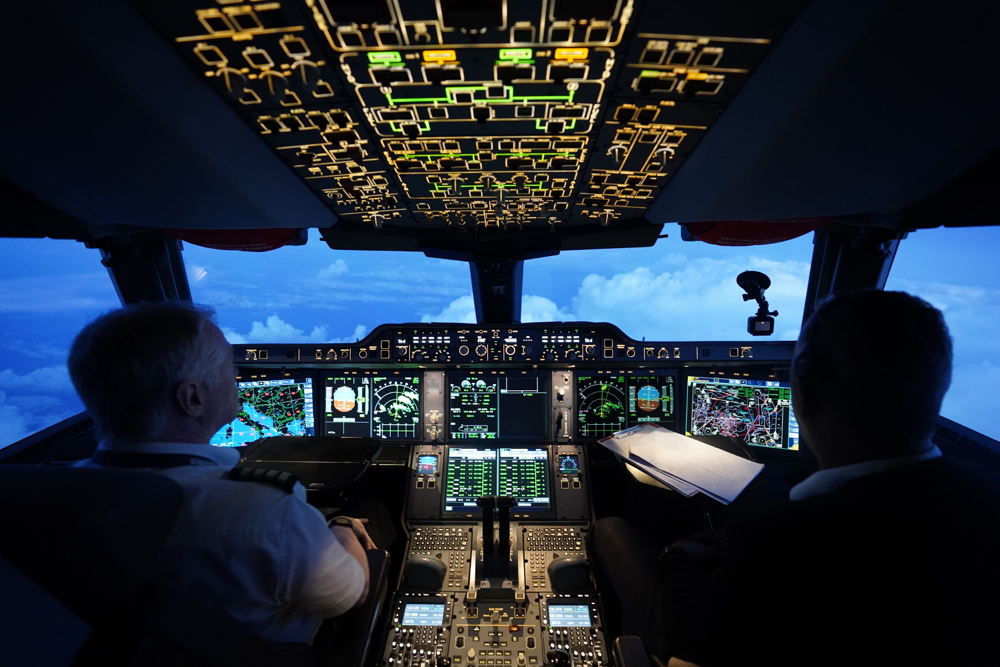Are tail strikes always pilot error because of weight miscalculation or are there other reasons?
There are many reasons that tail strikes can occur. Some are own goals, whilst at other times Mother Nature is demonstrating her command of the situation.
In the case of weight miscalculation, they generally aren't small strikes, but often huge damage caused by dragging the tail for an extended period. That in turn happens because every bit of pitch you can get is needed to get off the runway. If the EK aircraft in Melbourne had used 1º less pitch, it would not have contacted the runway, but it would have hit the concrete barriers beyond the end. Damned if you do, damned if you don't.
Some aircraft are prone to it, and have either tail bumpers (767-300), or some form of flight control logic that attempts to limit, or warn about, excessive pitch. A normal 767 take off could have the bumper within 18" of the ground. You don't need much more attitude to convert that to zero.
A common own goal happens when a pilot goes too far in his attempt to give the passengers a smooth landing. As he holds off in the flare, not only is he wasting runway, but the aircraft attitude is progressively getting higher, and higher. As this technique is so poor, if he then compounds it by still ending up too high, and the aircraft ultimately thumps down on to the undercarriage, he's managed the perfect mix of too much pitch, and compressed oleos.
The actual lift-off, from the 'rotate' call to V2, is carefully choreographed to have the aircraft achieve a target pitch angle and speed at a rate that gets it clear of the ground, before the tail has a chance to impact the runway. If you hit the target attitude too rapidly, you will have a strike. New FOs (in particular) were prone to an error in crosswind take offs. As the aircraft could/would be hard to control laterally in the crosswind, they'd be anxious to get it into the air. That could lead them to too rapid a rotation at the rotate call.
In the sort of gusty conditions London is experiencing, there are a couple of wind variations that can lead to a strike. On arrival, a strong reduction in the wind, will lead to an increased sink rate, and that will have to be countered by pitch and power. If it's strong enough, you can run out of pitch and power...and height.
On take off, a sudden reduction in the wind, as you are rotating, may cause the aircraft to simply stop climbing away. If that attitude vs height (vs weight on oleos) progression breaks away from the normal, you're again in danger of a strike. A sudden increase in the wind, increasing the flow over the tail, will increase the elevator effectiveness, and increase the pitch rate. The upshot of all of this is that 'rotation' is not necessarily a simple case of pulling back on the controls. At times there can be some large changes right through the rotation.

samchui.com














